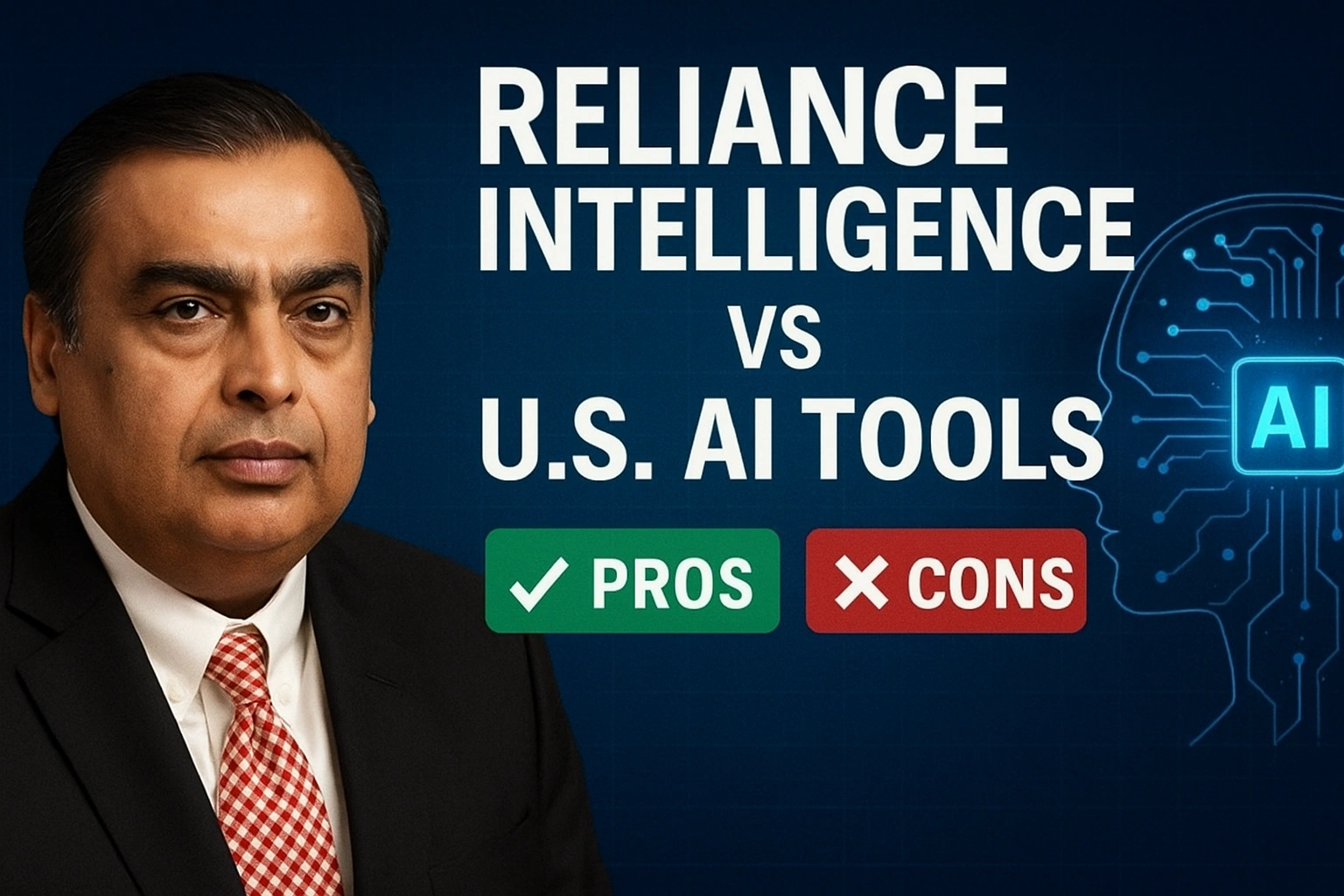
Nvidia’s Rubin CPX Chip (2025–26): Powering the Next Era of AI Video & Software Generation
- September 10, 2025
- Top Search
- 9:22 am

In Short
Nvidia’s Rubin CPX chip showcases how AI is evolving to handle complex multimedia and software generation tasks. masterpiece.
Introduction
Artificial Intelligence (AI) is evolving at lightning speed, and every leap forward demands more powerful, efficient, and specialized computing hardware. Nvidia, a company already at the center of the AI revolution, has introduced its Rubin CPX chip — a next-generation processor designed to handle complex multimedia and software generation tasks.
From powering AI video platforms to enabling generative code execution, the Rubin CPX chip is not just another upgrade — it represents a fundamental shift in AI infrastructure. Let’s explore why this chip is creating headlines, what makes it special, and how it will shape the future of AI across industries.
What is the Nvidia Rubin CPX Chip?
The Rubin CPX chip is part of Nvidia’s Rubin family of processors, specifically engineered to handle video decoding, video encoding, and AI inference simultaneously. Instead of relying on separate chips for different functions, Rubin CPX combines everything into one powerful, energy-efficient system.
This means developers and enterprises can:
Create AI-generated video content in real time
Train and deploy generative AI models faster
Execute complex coding and software development tasks
Reduce infrastructure costs by consolidating workloads
Key Features of Rubin CPX
Unified Multimedia Processing
Handles video creation, streaming, and AI inference in a single chip.
Perfect for platforms working on AI-generated movies, ads, and short-form content.
Generative AI Ready
Optimized for text-to-video and AI software generation.
Complements modern tools like OpenAI’s Sora, Runway, and Pika.
Energy & Cost Efficiency
Reduces the need for multiple chips, lowering both power consumption and data center costs.
Scalable for Enterprises
Can be deployed in cloud data centers, AI research labs, and video production houses.
Why Rubin CPX Matters for AI Video Generation
Video is the fastest-growing form of digital content, and AI is revolutionizing how videos are made. Until now, creating AI-driven video at scale required highly specialized infrastructure.
Rubin CPX changes this by:
Allowing real-time rendering of AI video
Supporting higher resolutions with lower latency
Enabling smarter compression and streaming for AI video platforms
This chip could empower the next wave of AI-powered Hollywood productions, marketing campaigns, and user-generated content.
Rubin CPX and AI Software Generation
Beyond video, Rubin CPX is optimized for AI coding and software tools. With growing demand for AI systems that can generate, debug, and optimize code, Nvidia’s chip provides:
Faster execution of AI coding assistants
More efficient training of large language models (LLMs) focused on software
Support for enterprises adopting AI-driven DevOps
Industry Impact
1. Media & Entertainment
AI-generated films, advertisements, and streaming content will be created faster and at lower cost.
2. Enterprise AI
Businesses using AI for customer support, coding, and analytics will benefit from reduced hardware needs.
3. Education & Research
Universities and labs can use Rubin CPX to explore new AI applications in video learning and coding.
4. Military & Defense
AI-powered surveillance and real-time decision systems can leverage Rubin CPX for faster insights.
Economic Value & Market Potential
Nvidia has invested $100 million in Rubin CPX development, and analysts project $5 billion in revenue once the chip is scaled for global markets. This reflects:
Rising demand for AI-ready chips in U.S. data centers
Growth in generative AI startups requiring multimedia capabilities
A competitive advantage against AMD, Intel, and emerging AI hardware startups
Challenges Ahead
While Rubin CPX is promising, challenges remain:
Supply Chain Pressure: Ongoing chip shortages could impact availability.
Geopolitical Regulations: U.S. export controls may restrict global distribution.
Competition: Rivals are racing to build specialized chips for AI video and coding.
The Future of AI Chips
The Rubin CPX is more than just hardware — it’s part of Nvidia’s larger AI ecosystem, alongside CUDA software, GPU cloud services, and AI development tools. As AI workloads become more visual, generative, and interactive, the demand for specialized chips like Rubin CPX will skyrocket.
Conclusion
Nvidia’s Rubin CPX chip represents a defining moment in the evolution of AI infrastructure. By merging video, multimedia, and software generation tasks into one powerhouse chip, Nvidia has set a new benchmark for efficiency, scalability, and innovation.
For developers, enterprises, and researchers, Rubin CPX offers a gateway to the future of AI — where creating hyperrealistic video, generating software, and deploying AI applications becomes faster, cheaper, and more accessible.
You May Also Like
If you’re interested in more AI breakthroughs, don’t miss……
https://topsearchnews.ai/ai-chatbots-2025-from-eliza-to-next-gen-smart-assistants/
FAQs
A next-gen chip by Nvidia for AI video, multimedia, and software generation in one efficient processor.
It combines video processing, AI inference, and software generation, reducing cost, power use, and latency.
Media & Entertainment, Enterprise AI, Education & Research, and Defense sectors.
Enables real-time rendering, higher resolutions, smarter compression, and faster AI-generated content.
Supply chain limits, geopolitical export controls, and competition from other AI chip makers.

Recent Posts:


AI Chatbot 2025: From ELIZA to Next-Gen Smart Assistants


